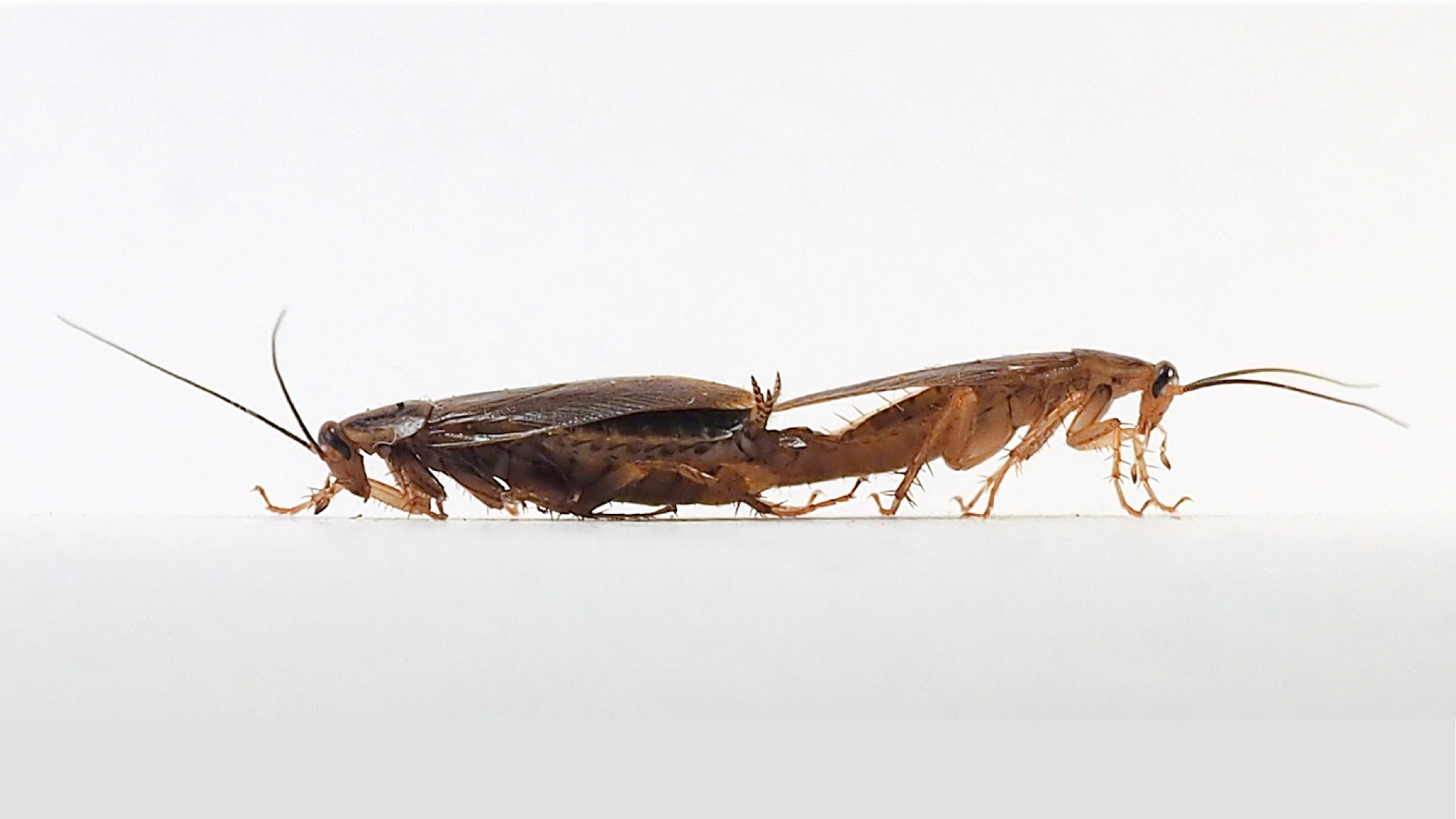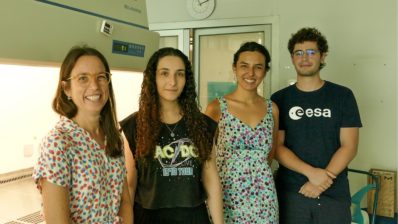DIPA-CRISPR is the new technique developed by Kyoto University together with the Institute for Evolutionary Biology (IBE: CSIC-UPF). It is a method based on the CRISPR-Cas9 technique, but simpler, more accessible and efficient, which allows insects genome to be edited.
Until now, gene editing in insects was very complicated because the technique had to be performed in early embryos. However, this new technique is based on injecting the Cas9-gRNA complex into adult females to produce mutations in developing eggs; hence the name DIPA-CRISPR (Direct Parental CRISPR). Xavier Bellés, a participant in the study, points out that “the German cockroach is a model widely used in research, but its unique way of reproducing makes it very difficult to genetically modify embryos with CRISPR“.
However, results with DIPA-CRISPR have shown an efficiency of 22% in the German cockroach (Blatella germanica) and over 50% in the small flour beetle (Tribolium castaneum). Achieving such success in species that are evolutionarily so far apart shows great potential for future uses. Therefore, this technique could easily be implemented in laboratories as an accessible and practical new method.
According to Maria Dolors Piulachs, principal investigator of the study, “being able to use DIPA CRISPR on a regular basis will allow a deeper understanding of the function of some genes”. This also opens the door to the possibility of being able to edit the genome of other arthropods in the future, and even control agricultural and health pests.
Yu Shirai Y., Piulachs M-D., Belles X., Daimon T., DIPA-CRISPR is a simple and accessible method for insect gene editing; Cell Reports Methods, 2022; DOI: https://doi.org/10.1016/j.crmeth.2022.100215







